GUEST BLOGGER JULIE DANNEBERG
The Science of Fashion dispels the idea that fashion designers and scientists occupy two different worlds. The truth is those two worlds are completely intertwined. Everything you wear is the product of a long line of scientific and technological advances. These include the engineering behind the highly automated machines fabric is made on, the creation of synthetic fabric, like polyester, and the computer technology used in fashion design.
The fashion industry is a global, economic powerhouse. Unfortunately, it’s also one of the largest polluters in the world, second only to the oil industry. Understanding the fairly new trend of Fast Fashion is a good way to see how fashion, science and engineering have been part of the climate change problem and are now working together to come up with ways to fix it. The suggested activities will give students a chance to start thinking about what actions they can take to be part of the solution.
Note
SCIENCE OF FASHION is part of the Nomad Press Inquire and Investigate series and has STEAM activities throughout the text as well as links to primary sources. While the book is written for grades 7-10, both the content and activities are adaptable to elementary school classrooms.
Lesson objectives
Students will:
- Learn about Fast Fashion and the long-term environmental damage it causes.
- Learn about scientific and engineering advances created to solve problems caused by Fast Fashion.
- Brainstorm ways they can fight Fast Fashion.
- Create a poster, presentation, or infographic to share what they learned.
- Experiment with a method of visual note taking.
Before reading: Chapter 6 “Fashion: The Good, The Bad and The Ugly
- To get students thinking about their clothing consumption habits have them go through their closet and drawers, listing the number of jeans, t-shirts, sneakers, and spandex athletic wear they find. Identify how often students wear and wash each item.
- Share the definition of Fast Fashion found in the book’s glossary: “the quick production of inexpensive, trendy fashion.” As a class or in small groups the students will discuss what they think are the pros and cons of Fast Fashion and create a list of questions they want answered.
- Using the definitions from the glossary, review the meaning of the following words: greenhouse gas, synthetic, textiles, nonrenewable resources, biodegradable, decompose, sustainable.
During reading
- Depending on the reading level of students, read, or have them read pages 94-98 in Chapter 6: Fashion: The Good, the Bad and the Ugly. Through discussion make sure students have general understanding of the text.
- Working with a partner or a small group have students reread those pages, making a list of the environmental problems caused by Fast Fashion.
- As a class, read and discuss section “Science and Engineering to the Rescue” (pages 99-101), creating a 2-column chart showing the environmental problems addressed and the solution.
- Read “What You Can Do” section (pages 102-106), then check student understanding of the 5Rs.
Two after-reading activities
Activity #1: What can we do?
- Have students brainstorm concrete actions individuals can take to limit the effects of fast fashion.
- Each student chooses one concrete action.
- Create a presentation, design a poster, or an infographic (there are several free, easy-to-navigate infographic sites on the internet) to share the important information about environmental dangers of Fast Fashion and a concrete action to offset it.
- Students will share learning with class and take home to educate family members.
Activity #2: Visual note taking
- Remind students that the Science of Fashion is expository text. Discuss why reading expository text is often harder than reading fiction. Let them share their thinking/experiences.
- Highlight Before and During Reading strategies class took to facilitate understanding.
- Define the reading concept of synthesizing and discuss the importance of synthesizing the information when done reading.
- Introduce Visual Synthesizing, where quick sketches illustrate the big ideas or information from the text. Demonstrate strategy with the first paragraph on page 96.
- Let students try on their own with the second paragraph
- Assign the rest of the section to small groups and have them share their finished product with the class.
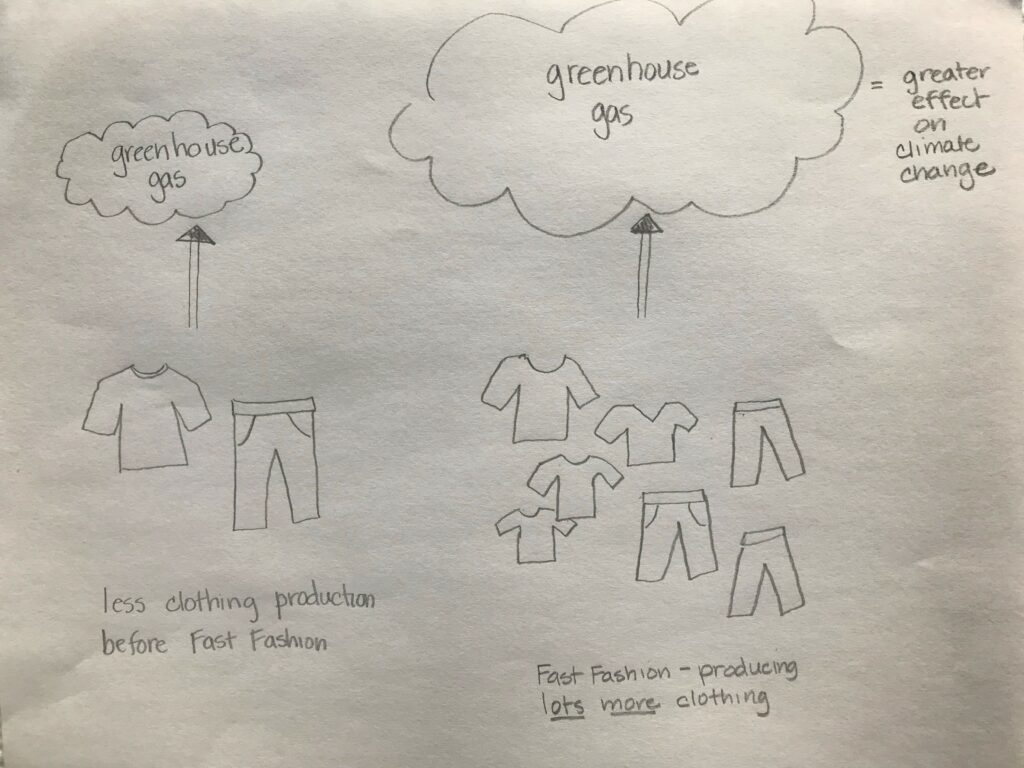
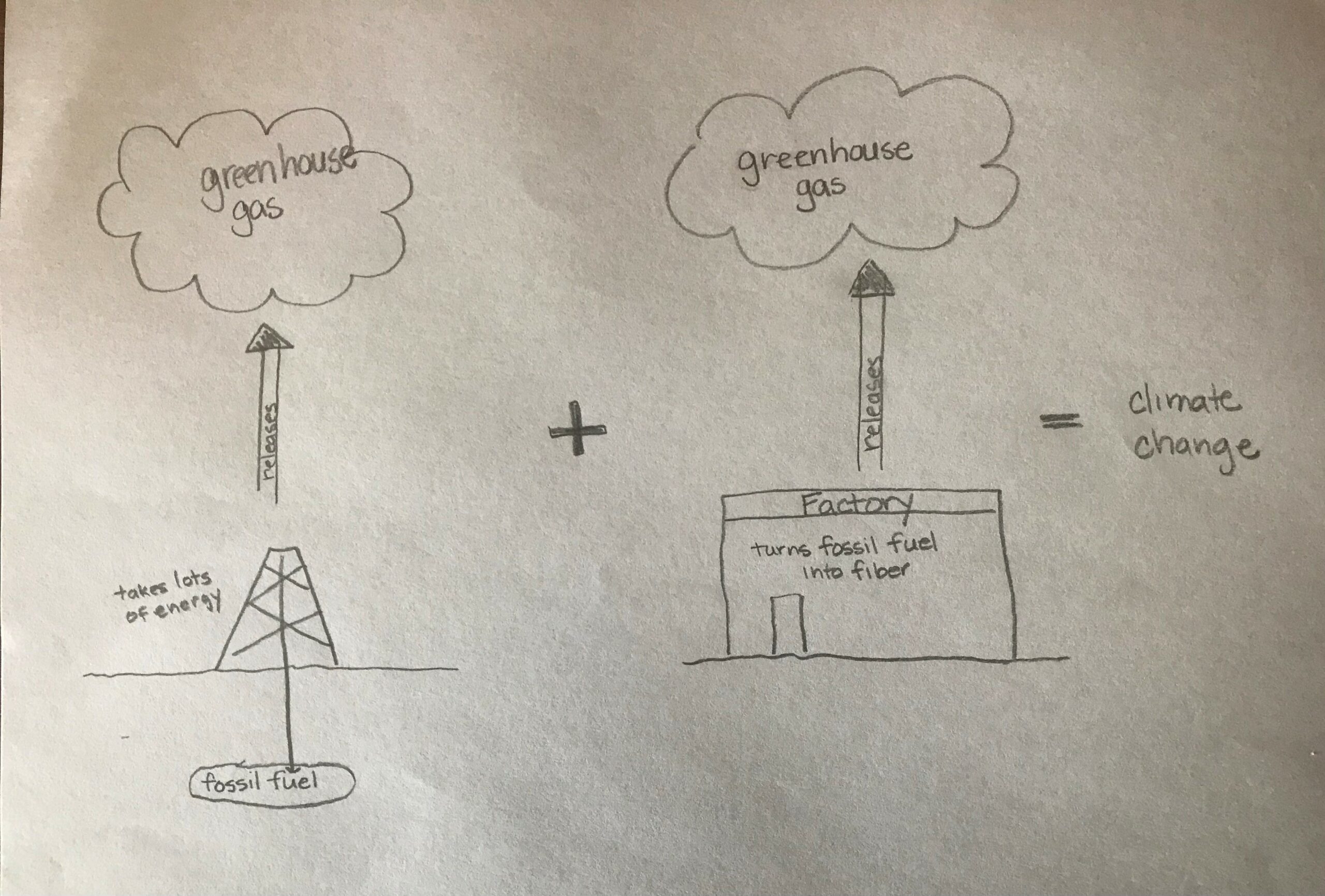
Featured image credit: “Teen fashion” by Matthew Kenwrick, licensed under CC BY-NC-ND 2.0.
Julie Danneberg worked as an elementary special education teacher and then later, taught middle school language arts. Spurred on by her teaching, she began writing for children. She has written multiple picture books, both fiction and nonfiction, including the bestselling Jitters series, starting with First Day Jitters (Charlesbridge, 2000) and continuing on to the more recent Valentine’s Day Jitters (Charlesbridge, 2021) and Picture Day Jitters (Charlesbridge, 2022). Upon retirement several years ago, she wrote two STEAM books for the Nomad Press Inquire and Investigate series: The Science of Weather and Climate: Rain, Sleet, and the Rising Tide (2020) and The Science of Fashion (2021). She is married, has two adult children and lives in Boulder, Colorado where she loves to hike and bike, read and write.
Julie’s online resources
See more about her books at www.juliedanneberg.com
Visit this blog post for links to videos used to teach students the three stages of the reading process for expository text. Teaching the Reading Process (with videos) – Julie Danneberg
For classroom guides and free printable visit Nomad Press here: The Science of Fashion – Nomad Press
Twitter handle @DannebergJulie


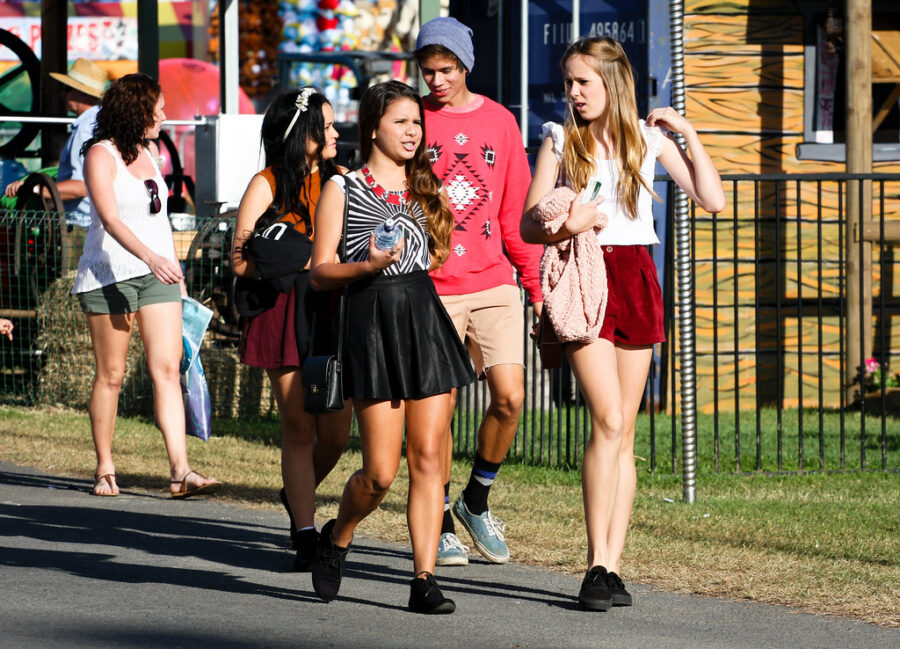



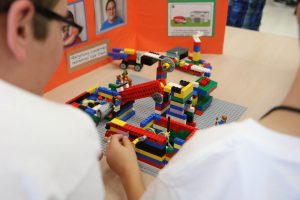
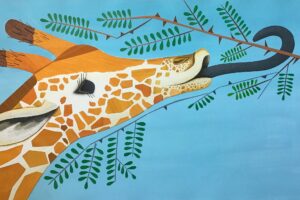
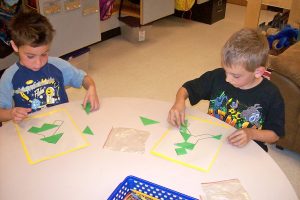


Leave a Reply
Your email is safe with me.